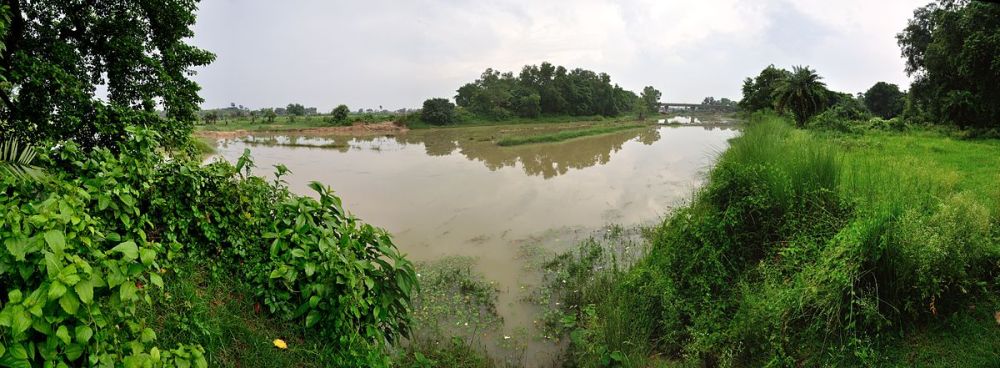

Shantiniketan, nestled in the heart of West Bengal, India, is not just a name but an emotion for many who have been touched by its cultural ethos and serene landscape. The quaint town, known worldwide for its association with Nobel Laureate Rabindranath Tagore, resonates with art, music, and education. Woven intrinsically within this tapestry is the serene Kopai River, often mentioned in Tagore’s literary works, and referred to as "Amader Chhoto Nodi" which translates to "Our Little River".
The inception of tourism in Shantiniketan dates back to the early 20th century when Rabindranath Tagore founded the Visva-Bharati University. Since then, the region has been a magnet for intellectuals, artists, and tourists who seek to experience the place where the poet lived, wrote, and left his indelible mark. Over the years, the appeal of Shantiniketan’s pastoral charm has only grown, drawing visitors from all corners of the globe.
The Kopai River's tranquility and its rustic surroundings have always been a draw for those wishing to escape the hustle and bustle of city life. Although not mighty in its flow, the river's gentle presence perfectly complements the laid-back and introspective spirit of Shantiniketan.
Recent trends in Shantiniketan tourism have seen a surge in cultural and experiential travel. Tourists are now more inclined towards immersing themselves in the local culture. They participate in local festivals like Poush Mela—a grand fair showcasing local crafts, folk music, and dance— and Basanta Utsav, which celebrates the arrival of spring with colors and cultural performances.
Eco-tourism is another avenue gaining popularity, with visitors exploring the nearby villages, discovering local crafts, and witnessing sustainable practices. The region's artisans and their work in terracotta pottery, kantha stitch textiles, and batik painting also draw significant interest from cultural enthusiasts.
Furthermore, the area around the Kopai River itself has become a spot for picnics and boat rides, allowing tourists to soak in the essence of the Bengal countryside. Homestays and boutique guesthouses have started to flourish, offering personalized experiences away from conventional hotel stays.
Art and Literature tourism is a niche yet growing segment in Shantiniketan. Visitors are keen to engage with the poetry, paintings, and philosophy of Tagore through guided tours of the Visva-Bharati campus, Tagore's residence, and the Rabindra Bhavan museum.
Shantiniketan and the Kopai River represent a confluence of nature, art, and spirituality. The area's tourism history is deeply connected with Tagore's legacy, making it a unique destination that offers solace and inspiration. With the latest trends favoring immersive experiences, Shantiniketan is evolving, yet it stays true to its roots, fostering a tourism model that celebrates heritage, culture, and simplicity of life.